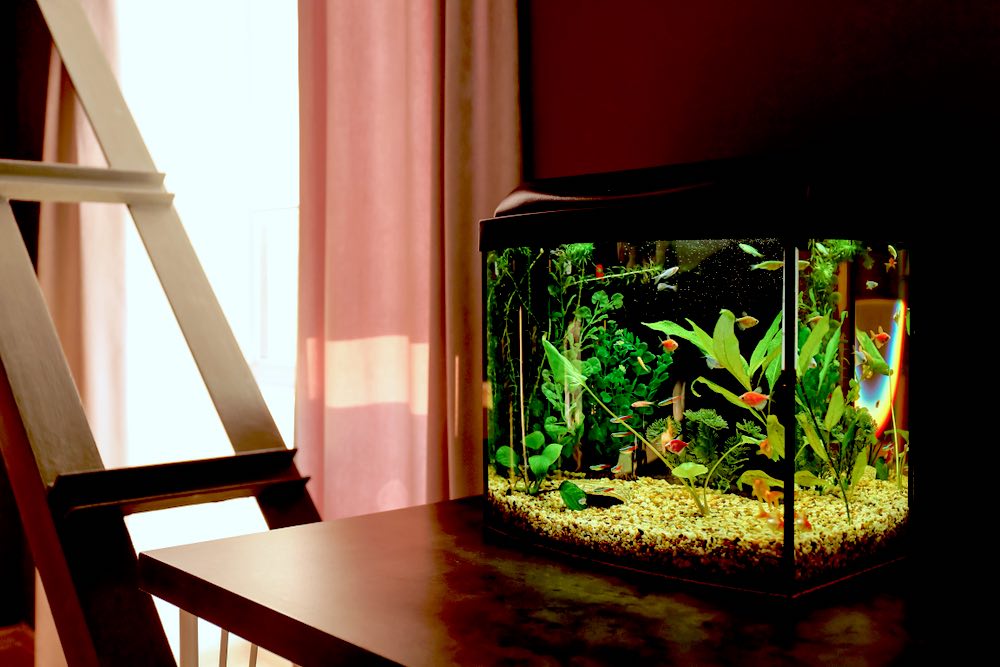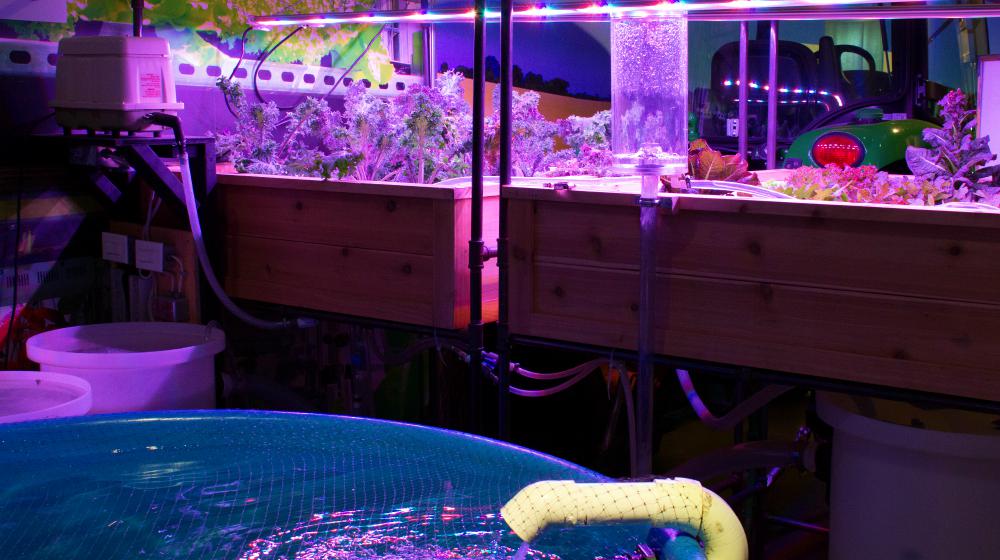Aquaponic gardening is basically like hydroponic gardening but the difference is the former is more focused on the “fish” part as essentially aquaponic lets the aquatic life co-exist with the entire system.
RELATED: Hydroponic Gardening: How to Get Started
In this article:
- Basics of Aquaponic Gardening
- Basic Components of Aquaponic Gardening
- Different Aquaponic Gardening Setup
The Basics of Aquaponic Gardening | Garden Season
Basics of Aquaponic Gardening
The aquaponic cycle consists of the fish producing waste, which in turn creates microbes and worms that convert its wastes to fertilize the plants, where the plants then filter water that goes back to the fish.
It is a marriage of aquaculture and hydroponics working together in their own system making it all co-exist with each other. Here are some of the benefits you can get:
1. More Natural
It is more natural in the sense that this whole system mimics nature. The waste of a fish becomes a fertilizer that goes to the plants and goes back to the fishes building a natural ecosystem.
It is more organic and a mixture of pesticides could hurt the fishes and mess the entire system up. On the other hand, the plants will suffer and the whole cycle will mess up if the fish gets antibiotics.
2. Saves Water
It is basically zero waste since the entire system cleans itself and all the living things in the system co-exist. Unlike in hydroponics where salt and chemicals build up and become toxic to the system.
In aquaponic gardening, you never have to replace water, you just have to add water when it evaporates.
3. Proven to Be More Productive
|
It's been stated in a study that aquaponic gardening is more productive and guaranteed to produce better results than hydroponic gardening, especially in cities or countries with cooler climates.
The research revealed growing plants using fish wastes was significantly better, especially in cold weather than the hydroponic raised garden.
Basic Components of Aquaponic Gardening
1. Fish Tank

The fish tank is where the fishes in this entire setup will live and choosing your tank is crucial. For a more basic setup, a normal aquarium will do and if you're into growing bigger fishes and expanding your setup, a round tank will do.
RELATED: Gardening For Beginners | Basic Tips You Need For Starting A Garden
2. Solids Filter
When you feed a fish it will produce solid waste and once the fishes release their wastes, you have to get it out of the system at once. Especially for high-density systems, it is important to clean it once waste comes out.
Different choices for solids filter include drum filter, bead filter, media beds, or swirl filters.
3. Biological Filter

This is the filtration system to count out bacteria excreted by the fishes from feeding and the waste, which includes ammonia. Examples of biofilters are media beds, bead filters, or MBBRs.
Since media beds and bead filters can be used for solid wastes, it can be combined and be used as a biofilter, as well.
4. Hydroponics Subunit
This is the area and component of the whole system where the plants will be placed. There are a variety of options you can use depending on what you want to use in your system.
Options are using nutrient film technique, floating raft, media beds, vertical gardens, and so many other ideas you can use.
5. Sump Tank or Reservoir
|
This is where you store water and make sure your entire system doesn't run dry. It refills the system when water evaporates or gets out.
One thing worth noting is the fish tank water doesn't necessarily have to be a water reservoir. It is possible but the versatility of your system can be so much more if there is a separate tank for that.
Different Aquaponic Gardening Setup
1. Ebb and Flow System
|
This setup uses a separate inert growing medium, like pea gravel to grow the plants. Connected to it is a separate tank for the fishes. The filtered water then goes back up and in a cycle as it goes from the fish tank to the plant tray.
2. Floating Raft System
|
In the floating raft system, a sheet of styrofoam floats on top of the main tank where there are open holes that serve as the area for the plants.
The roots are under the water and the plants go out on top. The same filtration system applies with the fishes usually are connected through a filter in another tank.
To learn more about aquaponic gardening, watch this video from Learn Organic Gardening at GrowingYourGreens:
In comparison, the aquaponics gardening is fairly new to the hydroponics system which has been around for a while. But studies have offered how the former is more effective, efficient, and produces more nutritious and a better product as compared to the latter.
This is basically because of the organic nature of the aquaponic system wherein a cycle is made for the plants and fishes to provide for each other.
Have you tried aquaponic gardening? What tips do you have? Share it with us in the comment section below!
UP NEXT
- The Ultimate Product Review Guide for Growing Greens and Sprouts Indoors
- 19 Creative Raised Garden Bed Ideas: Yard Decor For Every Season
- Garden Season Tips: How To Make Organic Fertilizer From Compost
Don’t forget to follow us on Facebook, Instagram, Pinterest, and Twitter for more smart gardening ideas!
Editor’s Note: This post has been updated for quality and relevancy.



